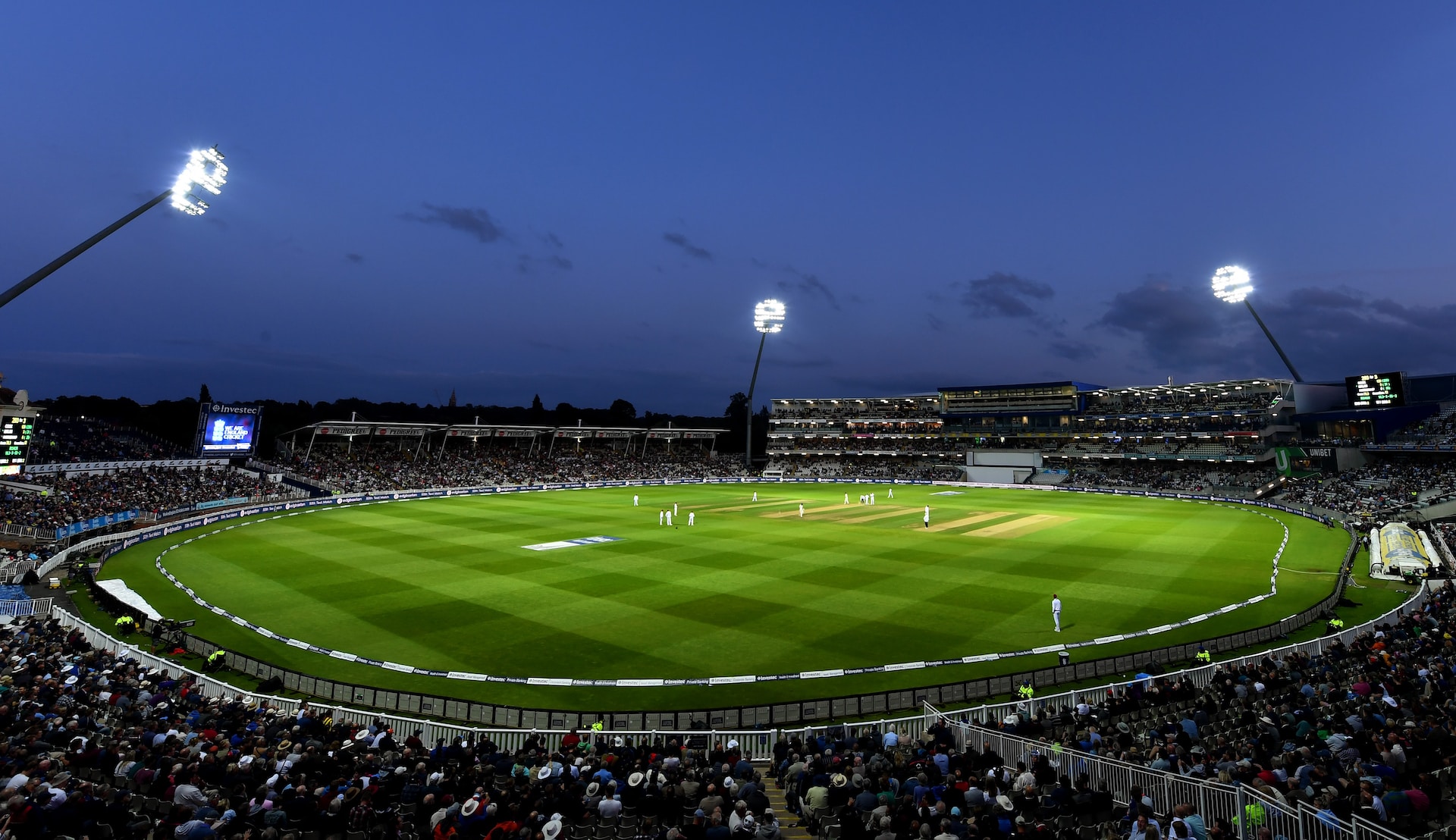While most people think of cricket as a somewhat niche sport, one that is popular in a select number of countries around the globe, the reality is that it currently ranks as the world’s second most viewed type of sporting contest, with around 2.5 billion followers, second only to football/soccer. As everyone who has had a fleeting interest in it knows, it is most played in Australia, New Zealand, South Africa, Britain, and India. In the latter, it is much more than a sport. It is a massive aspect of Indian society and of Pakistan and the West Indies.
The reasons why cricket found such a home in the planet’s most populous country is primarily due to the sports colonial legacy left by the British, who etched it among the Indian elites during their rule, plus the international success India has had in it. It goes without saying that the seventh-largest govern region in the world has not notched many team sporting successes from the time of its independence till today, other than in cricket. Hence, it stands to reason that its residents would gravitate towards the one sport where the nation is highly competitive globally. In 1983, India won the Cricket World Cup, via a team captained by Kapil Dev, in a stunning underdog story, where they beat the mighty West Indies against all odds in a staggering upset.
Below, we dive more into how this sport has influenced India and become a unifying force for Indians as a tool utilized to express nationalistic sentiments.
How the British Inadvertently Popularized Cricket in India
Going by Web numbers, India, without question, is the territory where cricket enjoys the highest degree of popularity, followed by Pakistan, Sri Lanka, Bangladesh, and Australia. The UK is in eleventh place in this department, despite the fact that many online bookmakers’ UK sites are greatly contributing to the rising establishment of this sport all over the world, thanks to live streams and by supplying the ability for anyone from anywhere to bet on competitions like the T20 World Cup, the Commonwealth Bank Series, and the Asia Cup. These platforms can get provided to international users via licenses attained by regulators based in the Isle of Man, the Caribbean, and Malta.
We say that the British indirectly popularized this game in India because, during their colonial rule, imperial officers utilized it as a token of social and racial superiority to the locals. Therefore, when Indians played it, it implied that they were on equal footing with the British, and the sport became a measure of political progress and racial equality in the land. The mentioned competitive successes then boosted it into a cultural phenomenon.
The Emergence of Legendary Cricketers
Given that this sport has become so embedded in Indian society, it should come as no surprise that it gave birth to icons like Sunil Gavaskar and Sachin Tendulkar, individuals who have gotten elevated to the status of national heroes. Sachin Tendulkar, in particular, regarded as the most prolific batsman ever, has been the subject of multiple features, including the famous documentary – A Billion Dreams, and has affected Indian pop culture in a major way.
The Rise of the IPL & Cricket Infrastructure
It goes without saying that, aside from the Cricket World Cup and the national rivalries presented in it, the inception of the Indian Premier League in 2008 has done much to bring cricket closer to the common Indian, making it a standard viewing pastime. The league was the first sporting event to get streamed live on YouTube and is now the sixth most attended national competition in all sports.
Its establishment led to the improvement of sports infrastructure across India and promoted the development of young talents through thousands of academies that seek to discover the nation’s next Sachin.
Image Credit: Photo by Aksh yadav on Unsplash (Free for commercial use)






